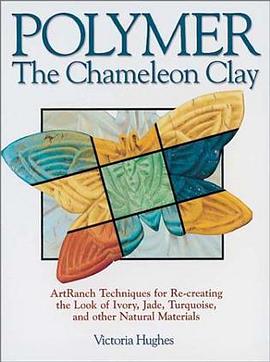
The series <IT>Advances in Dendritic Macromolecules</IT> aims to cover the synthesis and supramolecular chemistry of dendritic or cascade super-molecules as well as their less perfect hyperbranched cousins.
In Volume 3, Chapter 1 describes the synthesis and characterization of dendrimers and hyperbranched polyesters, both based on 2,2-bis(hydroxymethyl)propionic acid, as the AB<INF>2</INF>-monomer. Chapter 2, discusses the advantages and drawbacks of dendritic molecular architectures necessary to create polymeric organic magnetic materials. In Chapter 3, Balzani and colleagues delineate their contributions to the field of polynuclear transition metal complexes in the design and construction of dendritic nanostructures; these luminesence and redox-active complexes suggest their role as photochemical molecular devices operating by photoinduced energy and electron transfer processes. Chapter 4, reviews the overall progress on redox-active dendrimers, especially as redox catalysts, organic conductors, modified electrodes, and models for electron transfer proteins. Chapter 5, summarizes the pioneering research in organometallic dendritic macromolecules and then delineates the redox properties of a series of silicon-based ferrocenyl-containing dendrimers.
具體描述
讀後感
評分
評分
評分
評分
用戶評價
相關圖書
本站所有內容均為互聯網搜索引擎提供的公開搜索信息,本站不存儲任何數據與內容,任何內容與數據均與本站無關,如有需要請聯繫相關搜索引擎包括但不限於百度,google,bing,sogou 等
© 2025 qciss.net All Rights Reserved. 小哈圖書下載中心 版权所有





















